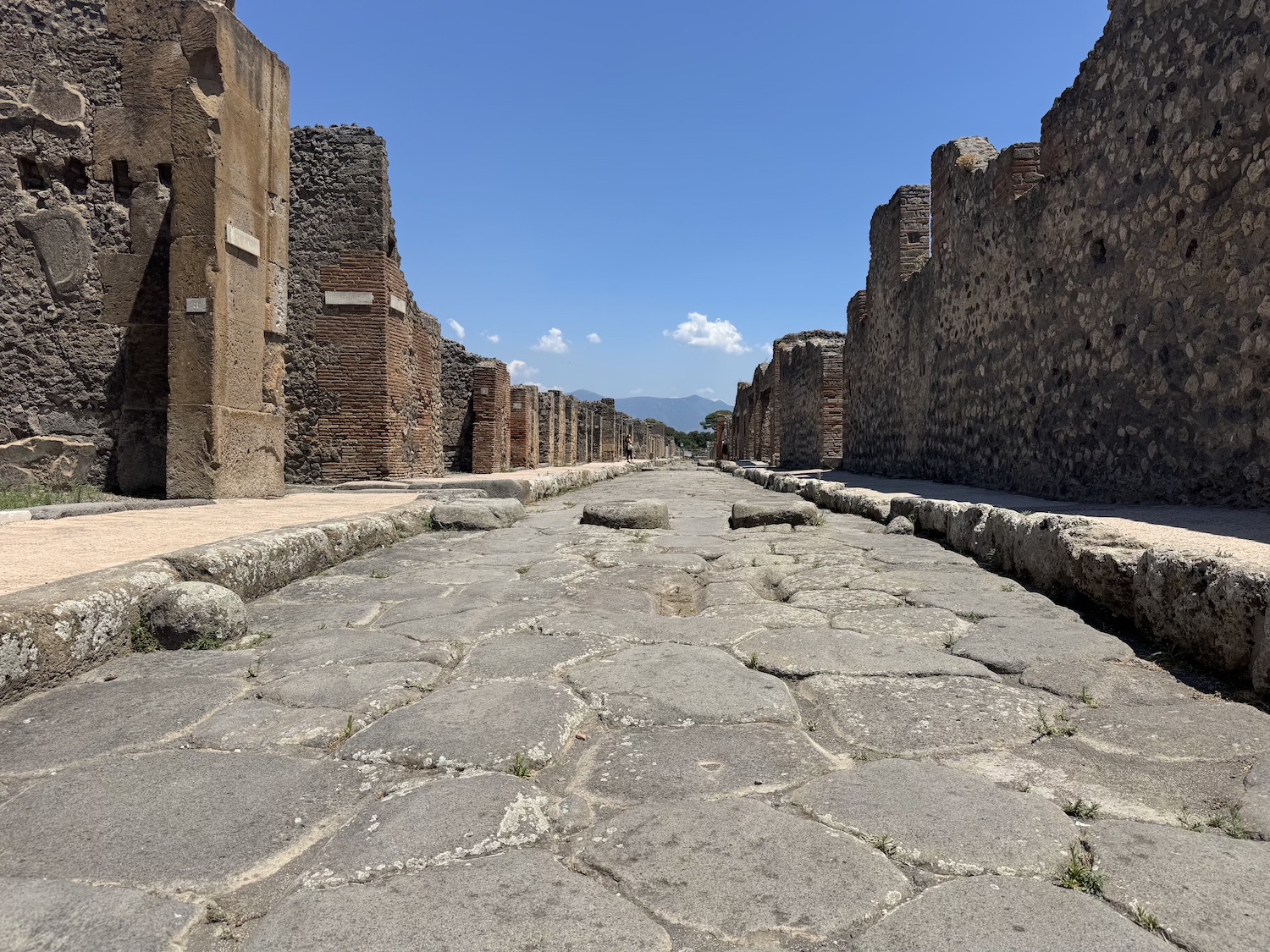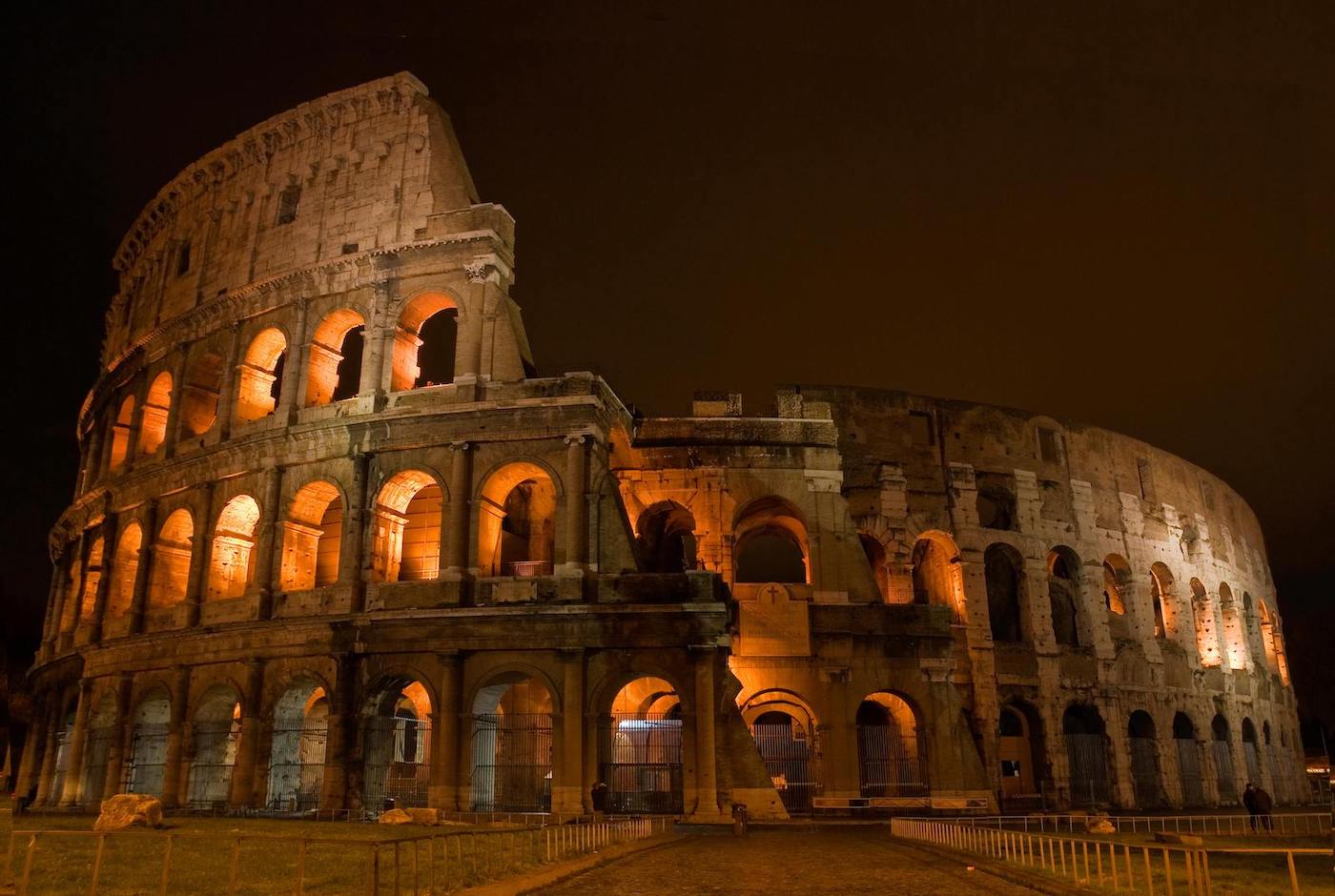The Acropolis of Athens: Exploring Its History, Significance, and Timeless Legacy
The Acropolis of Athens: The Citadel of Civilization
Perched majestically atop a rocky hill, the Acropolis of Athens is a symbol of civilization, culture, and faith. This ancient citadel, both a religious sanctuary and a strategic stronghold, reached its golden age in the 5th century BCE under Pericles, leaving an indelible mark on architecture, art, and philosophy.
The Story Behind the Citadel
The Acropolis has long been the spiritual and cultural heart of Athens. Its prominence on the rocky hill made it a natural fortress, while its temples honored Athena, the city’s patron goddess. Across millennia, the site has survived wars, natural disasters, and changing empires, thanks to its continuous use, religious importance, and meticulous restoration efforts, including the ongoing preservation of the Parthenon.
Architectural Highlights
The Parthenon: A Monument of Perfection
Constructed between 447 and 432 BCE under Pericles and designed by architects Ictinos and Callicrates, the Parthenon is widely regarded as one of the most perfect and magnificent ruins in the world. Dedicated to Athena Parthenos, it showcases the ancient Greeks’ mastery of Doric architecture, symmetry, and geometry. Subtle optical refinements—slightly curved columns and entablature lines—create a sense of visual harmony and balance. The sculptural masterpieces of Phidias further cement the Parthenon as a pinnacle of classical art.
The Erechtheion: Grace and Myth in Marble
The Erechtheion, located on the Acropolis's northern side, is celebrated for its asymmetrical elegance and the iconic Porch of the Caryatids—six sculpted female figures that serve as columns. This temple, dedicated to Athena and Poseidon, held sacred relics and marks the legendary site of their contest for Athens’ patronage. Its unique design reflects both mythological significance and architectural ingenuity.
The Propylaea: The Grand Entrance
The Propylaea, designed by Mnesicles and completed around 432 BCE, serves as the monumental gateway to the Acropolis. Its central hall and flanking wings create a grand procession into the sacred precinct, combining functionality with ceremonial grandeur. The Propylaea prepares visitors for the spiritual and artistic marvels beyond its gates.
Visitor Tip & Exclusive After-Hours Access
No visit to the Acropolis is complete without exploring the Acropolis Museum, home to the original Parthenon sculptures and a remarkable collection of artifacts from ancient Athens. For travelers seeking the ultimate in privacy and refinement, Sculptured Journeys offers entirely private, after-hours access to the Acropolis and its museums.
Guests are accompanied alone with an expert guide once the public has departed, allowing a serene, immersive experience amid the city’s most iconic historical treasures. From the sculptural masterpieces of the Parthenon to the lesser-known relics displayed in the museum, this bespoke experience provides unparalleled insight and intimacy, letting visitors fully appreciate the depth, artistry, and significance of Athens’ cultural heritage.
This private, tailored access ensures a once-in-a-lifetime encounter, combining the richness of history with the elegance and discretion expected by the most sophisticated travelers.

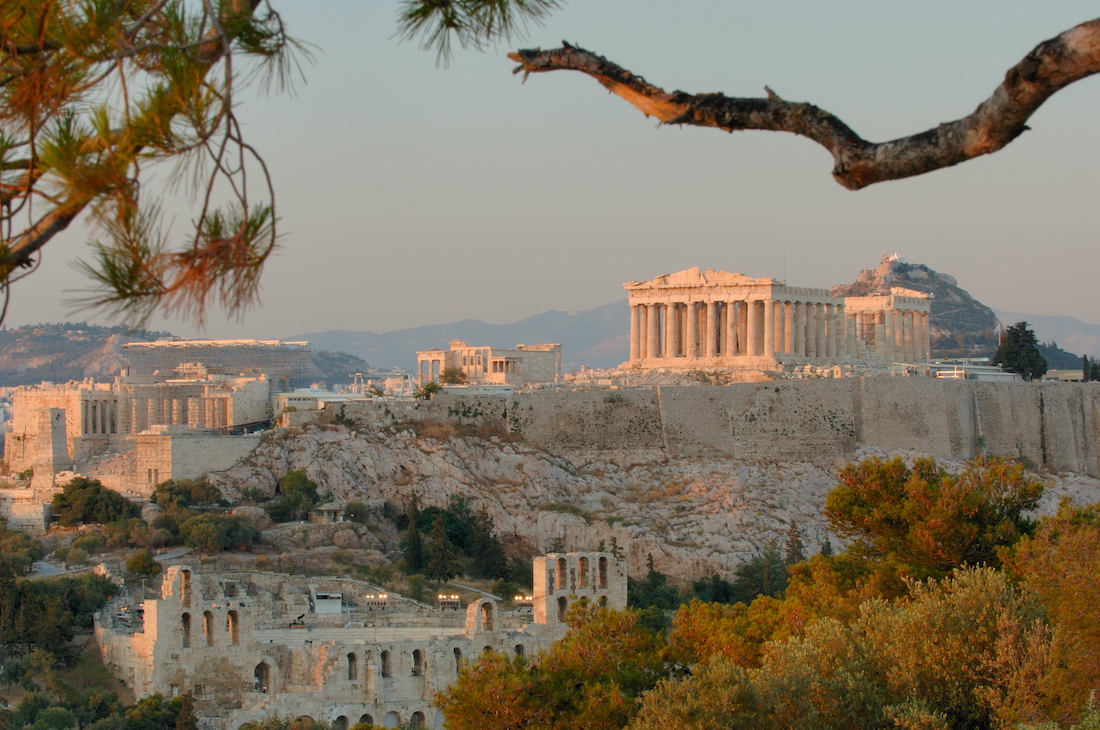



















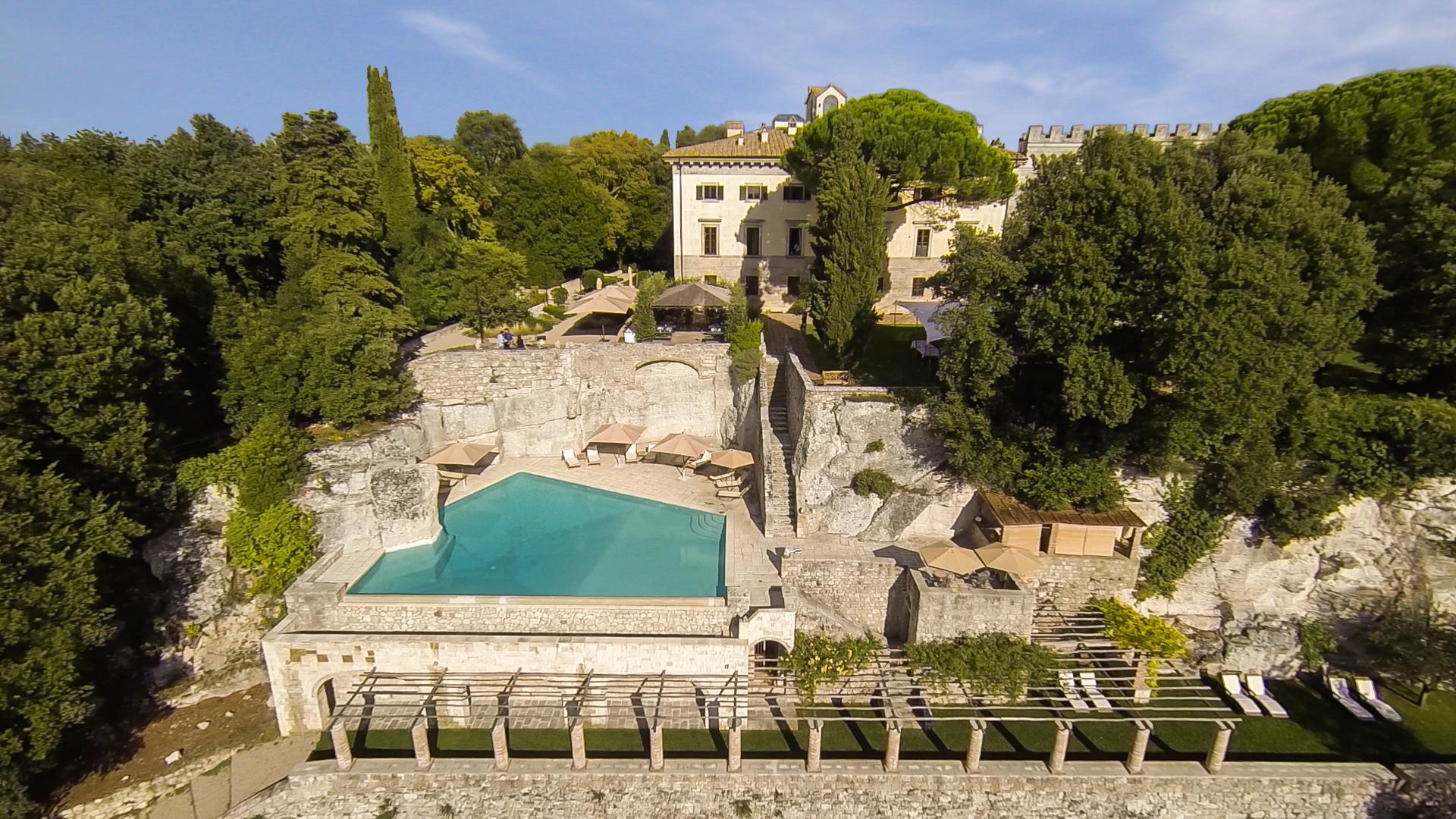

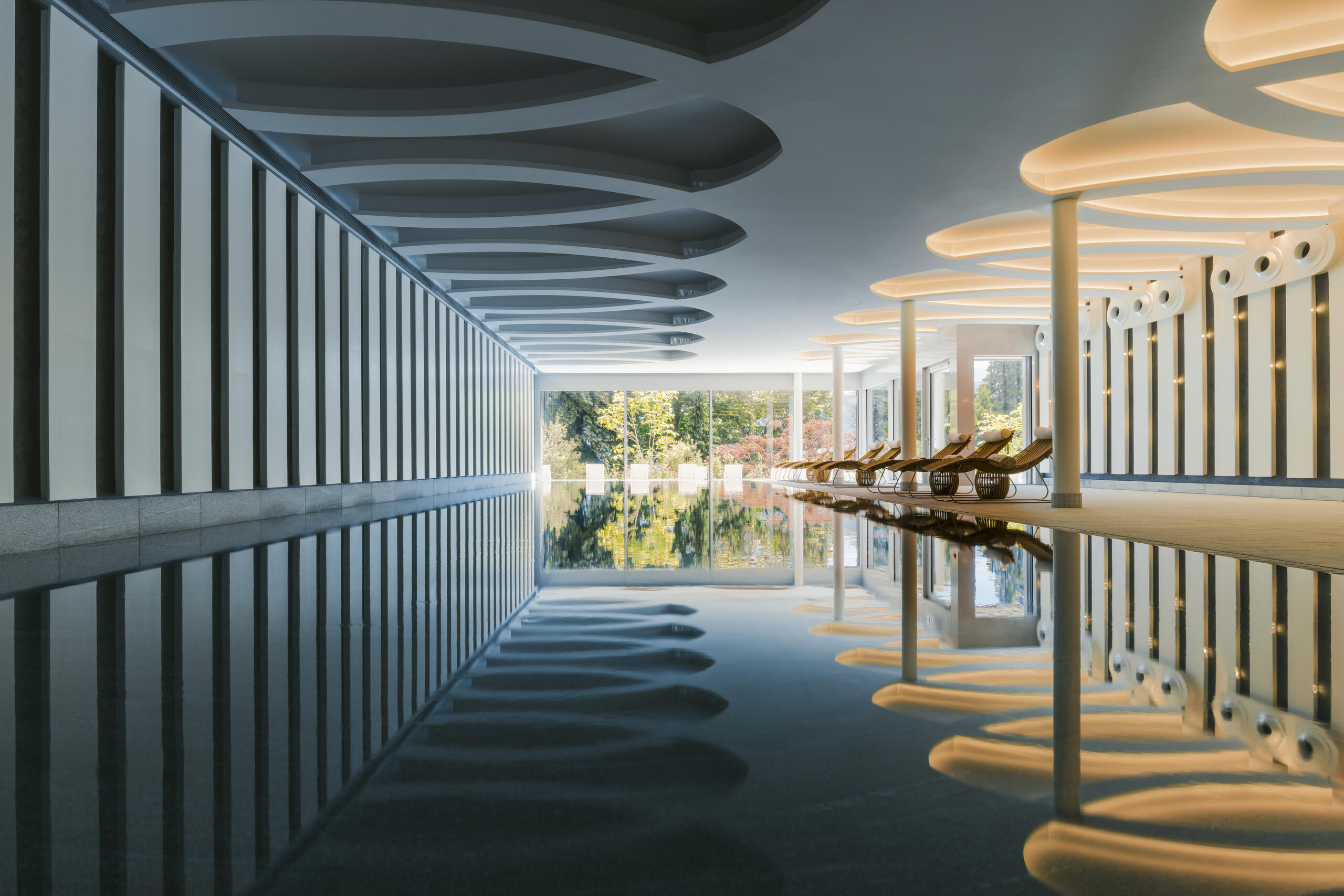












.jpg)

